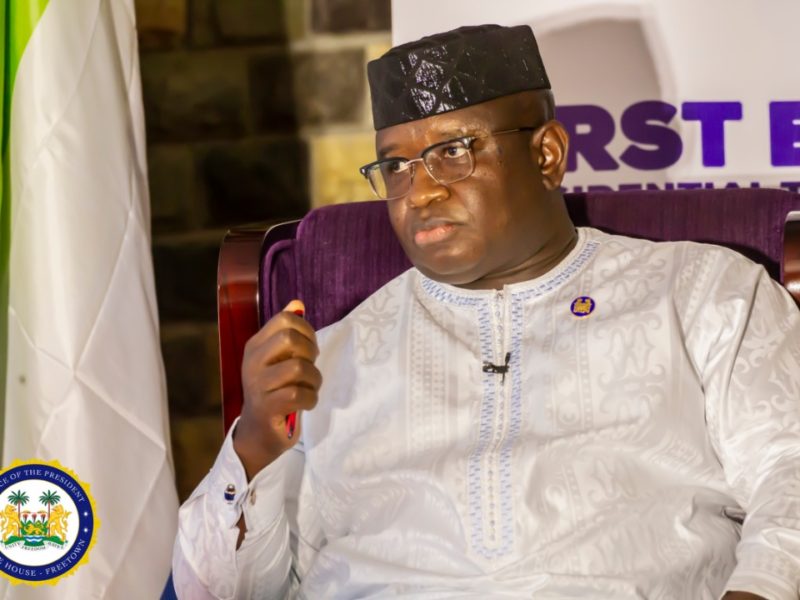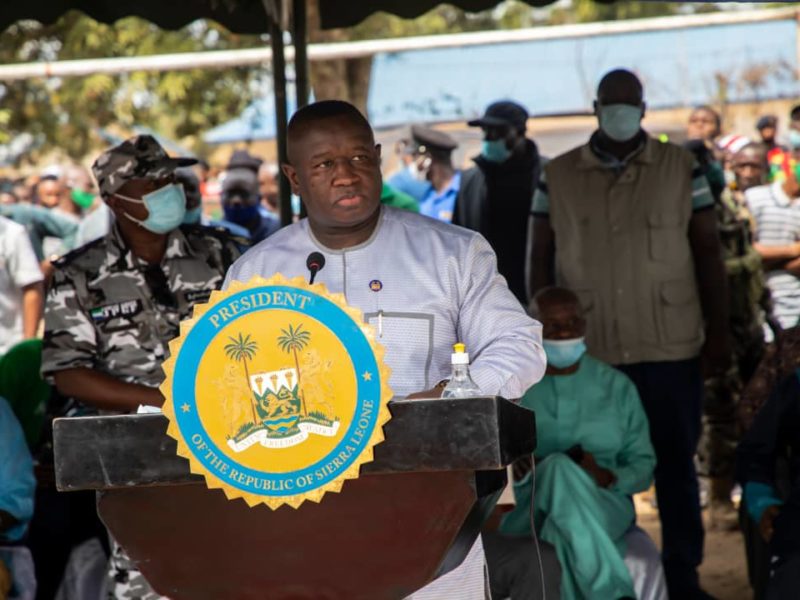Developing the Tourism Industry in Sierra Leone to supplement natural resources
The tourism sector is adequate for the economic growth of medium or low-income countries, though not necessarily for developed countries. Meeting a growing demand from tourism poses some critical challenges. We argue that there are three main areas which policymakers in Sierra Leone need to be concerned with: infrastructures, education, and safety.
The development of infrastructures is vital in any tourism project. In this area we include aspects such as: household utilities as water, electricity and telephone and transportation facilities as roads or public transport system. Furthermore, we can include other kind of tourist infrastructures that may help to promote tourism to the region.
Education is also a necessary condition for the potential employment of local people in the tourist activities. It usually requires knowledge concerning different sectors as communication (languages), catering, hospitality, transportation and management skills. An optimal tourism development might take into account the current level of knowledge of the population and the speed of its potential improvement. This is relevant in order to design an optimal tourism development plan over time.
Safety is usually a highly appreciated feature in tourism resorts. Most of the tourists look for places to spend a nice and non-problematic stay. In this sense, we can argue that most of the tourists are risk averse. This is a very important issue to take into account when assessing the competitiveness of a tourist destination.
Moreover, there is also a need for private investment. This comprises a set of industries and services that are generated by tourists’ demand. Further this will be proportional to the number of tourists and most of the times such industries will grow without government intervention. Thus, it seems that in order to control the development process, what policymakers need to do is to control the number of tourists allowed to stay and determine limits for accommodation facilities through licensing. Therefore, it is necessary to design an optimal path for tourism development. For this purpose, it is also critical to define an objective to pursue and the timescale of the development. In practice this requires a welfare function, a planning horizon for the optimization as well as an adequate rate of discount.
Tourism is an industry that is key to long-term growth and competitiveness in Sierra Leone. It is also one of the few industries which rapidly bounced back once the civil war was over in Sierra Leone, and it is still one of the few industries where it has a strong potential. The World Bank Diagnostic Trade and Integration Study (2006) has estimated that Sierra Leone has the potential of growing up to US$ 150-200 million by 2015 provided that certain prerequisites are met. Despite having rich natural endowments such as climate, location, sea, sun, wildlife and interesting local history and hospitality, advanced factors for tourism such as skilled labor, physical infrastructure, and a national brand image are almost nonexistent in Sierra Leone. More importantly, because Sierra Leonean economy is not well integrated with the global economy, entrepreneurs find it hard to mobilize finance for private investment.
Despite being eliminated during the violent civil war of the 1990s, tourism was one of the few industries which rapidly bounced back in Sierra Leone once the turmoil was over. While tourism has been one of the hardest hit sectors during the global recession, it remains an important sector for Sierra Leone as for several other less developed countries. Sierra Leone has a strong potential on tourism development. It has pristine beaches and islands, mountains and rich biodiversity, interesting wildlife, friendliness and rich cultural capital among people and its special place in the world history of anti-slavery movement as ‘the land of the free.
Tourism can have a direct impact on the poor through direct employment and indirect linkages with the tourism supply chain. In fact, Sierra Leone will need to reduce its dependence on minerals and develop one or more labor-intensive sectors including agriculture, tourism and light manufacturing to be able to rebuild its social fabric and a sustainable equitable economy after recovering from the conflict.
Potential tourists for Sierra Leone are mainly those seeking tranquility, a sense of discovery and cultural stimulation in addition to the usual requirements of beach tourism, i.e., sun, sea and sand. The Western Peninsula and nearby islands in Sierra Leone are the most important tourism asset for Sierra Leone in this regard. Within 5-6 hours by air from the capitals of Europe, with a comfortable, tropical dry season precisely during the European winter – this beach destination is arguably the best in West Africa. In addition to usual qualities such as climate, surface, ocean temperature and beauty, Sierra Leone has the advantage of being relatively pristine and less crowded compared to its regional rival The Gambia which has been a popular European destination for mass tourism.
Sierra Leone’s positive historic image of ‘the land of the free,’ was somewhat tarnished during the civil war. However, it still has several sites and architectural endowments with historic importance which need protection and restoration. The Government of Sierra Leone is lately aiming to develop Bunce Island, Banana Island and Plantain Island (sites that has remnants of former slave forts and, African-American heritage trails (including freedom-related sites such as Connaught hospital – site for freed slaves’ first free steps, Cotton Tree, etc) and Graham Greene walking trails (focusing on the colonial history). All or some of these may be developed as sites for niche tourism for travelers interested in history of slavery, history of colonization and history of liberty.
By Joseph S. Sherman, Editor-in-Chief, New Daily Nation
Stay with Sierra Express Media, for your trusted place in news!
© 2011, https:. All rights reserved.






